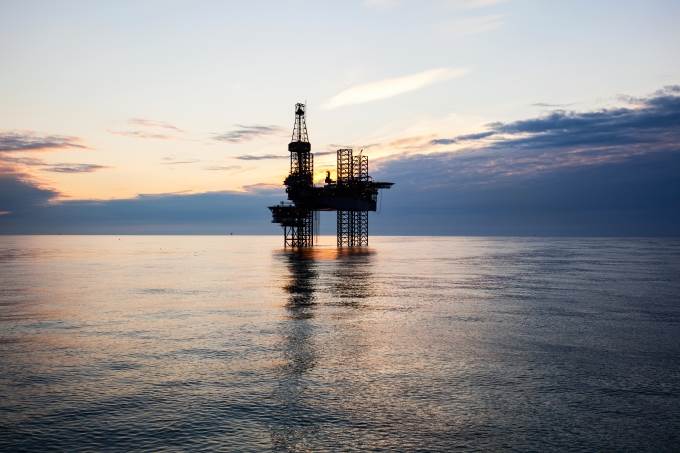 Oil prices advanced on Thursday, continuing this week's rise after falling into negative territory last week. The gains came on the heels of an announcement from the U.S. Energy Information Administration (EIA) on Wednesday which showed that U.S. crude inventories rose by 9 million barrels last week, well below the 10.6 million-barrel rise Reuters analysts had anticipated. The country's current stockpile sits at 527.6 million barrels. U.S. gasoline stockpiles fell by 3.7 million barrels from last week's record highs thanks to a mild increase in demand which offset a rebound in refinery output.
Oil prices advanced on Thursday, continuing this week's rise after falling into negative territory last week. The gains came on the heels of an announcement from the U.S. Energy Information Administration (EIA) on Wednesday which showed that U.S. crude inventories rose by 9 million barrels last week, well below the 10.6 million-barrel rise Reuters analysts had anticipated. The country's current stockpile sits at 527.6 million barrels. U.S. gasoline stockpiles fell by 3.7 million barrels from last week's record highs thanks to a mild increase in demand which offset a rebound in refinery output.
Analysts warn that though that it's too early to tell if last week's positive data is starting a trend or if it's just an attempt to balance out the markets, though many analysts, including Lachlan Shaw, the head of commodity research at National Australia Bank, have said that there are signs that the worst is behind us. Still, with only 78 million barrels of storage space left in the U.S., other analysts worry that things could get more complicated before the trajectory starts a long-term recovery process. U.S. WTI futures were up 12.82 percent as of 1:57 p.m. HK/SIN on Thursday, trading at $16.99 per barrel. Brent crude futures were up 9.8 percent to $24.75 per barrel.
The EIA has forecasted a complete recovery of global oil consumption by Q4 of this year, despite the turbulence expected in Q2 and Q3. However, Forbes analyst Ariel Cohen has noted that this seems unlikely unless there is an unexpected demand for growth or a supply shock (due to a disaster or some other unforeseen closures), which analysts cannot logically expect. He suggests that oil prices will trade in a range of $30-$35 by the end of the year and will mirror other areas of global recovery from the coronavirus pandemic. CNN analysts question whether demand will ever truly reach former levels now that the world has proven they can work from home and global citizens have found joy in the lower pollution rates associated with the lack of travel.
Before the start of the current pandemic, analysts had predicted a peak for oil prices around 2040, when they expected the popularity of electric cars and alternative energy sources to erode demand. These assumptions may need to be reconfigured now that employment environments worldwide have seen sudden changes. On the other hand, data out from China shows that the world's biggest consumer decreased oil demand only 5 percent during its fight against COVID-19, a much lower decline than expected. If this is the case (and global lawmakers continue to reopen their businesses at a fast pace), demand could return to 2019 highs by 2022, IHS Markit analysts suggest.

